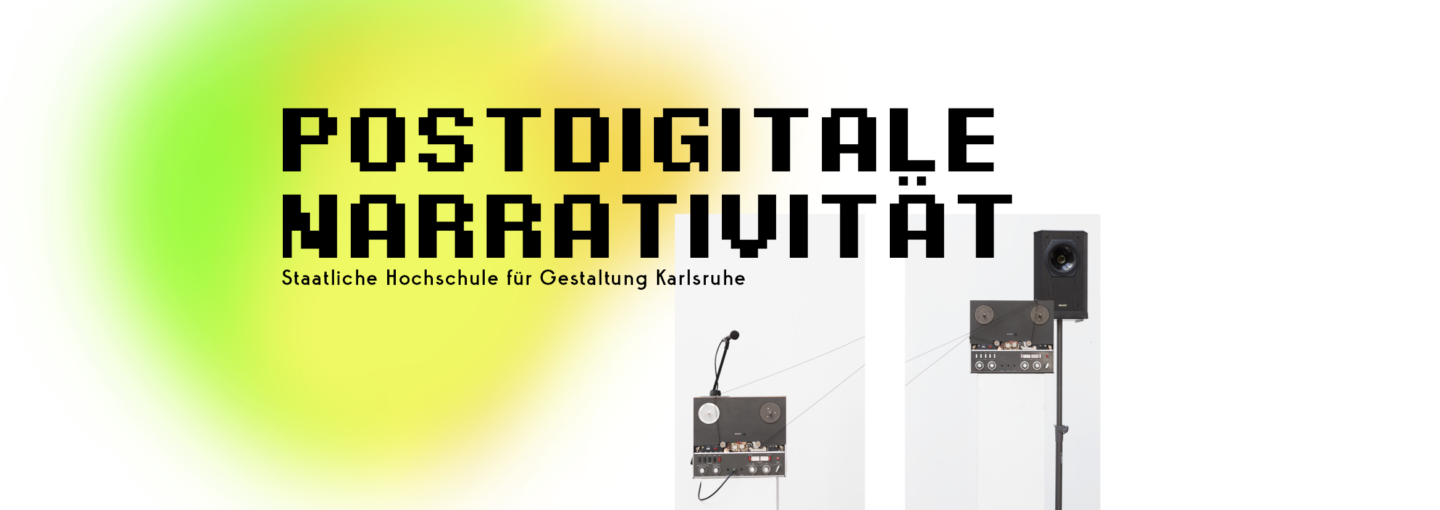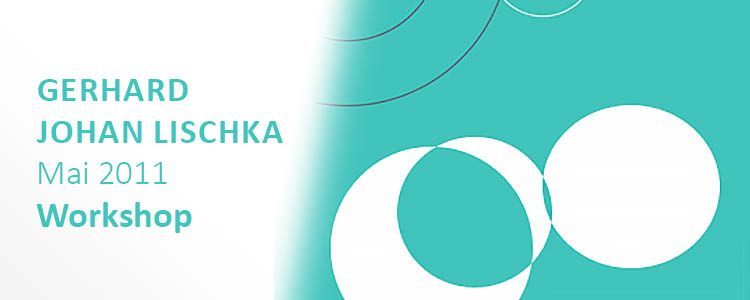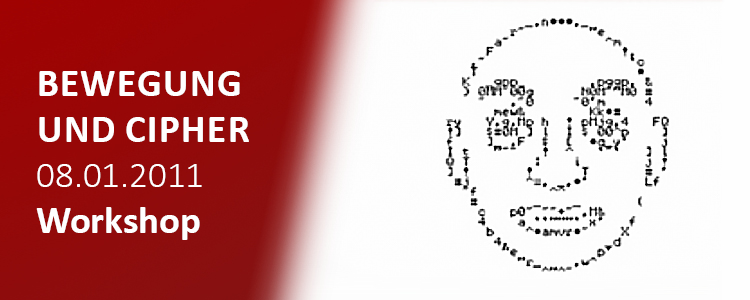Seitdem das medial aufgezeichnete Leben zur mentalen Konkurrenz des gelebten Lebens wurde (mit dem Doppel von Video und Performance), ist Bewegung und Beschleunigung zusammen mit Auf- und Abtritt, der Körper-Präsentation, zum Zentrum des inszenierten Dazwischen-Seins der Medien, zum PERFORMATIV geworden. Zu diesem Thema hielt Gerhard Johan Lischka im Mai 2011 einen Workshop im Seminar von Michael Bielicky. Das Rückgrat dieses Prozesses ist die apparategestützte Bild, Text und Ton Produktion, die durch eine unvorstellbare Miniaturisierung und zugleich explosive Streuung von Information – vor allem durch die Digitalisierung – voran getrieben wird. Das Leben wird durch das OBJEKTIV zum Objekt der Projektion entmaterialisiert, auf Energieeinheiten reduziert und als solche distribuiert. Das verbindende Moment, in dem sich die Aufmerksamkeit in der Überlagerung von Performativ und Objektiv ereignet, ist das SELBST. Womit jede /r Einzelne sich sowohl konstituiert als auch in der Masse der Globalität zerstreut. Deshalb sind wir gezwungen, mit der Sprache der Klischees uns selbst in den Polylog einzubringen. Indem wir die Apparate der Distribution zur Darstellung der von uns generierten Differenz verwenden: zur Selbstdarstellung.
_ _ _ _ _ _ _ _ _
English version
Since the media taped life became the mental competition of the lived life (with the duplicate of video and performance), movement and acceleration became together with the appearance and exit of the body presentation to the centre of this produced inbetween being of the media, the PERFORMATIV. On this subject Gerhard Johan Lischka had a Workshop in the seminar of Michael Bielicky in May 2011. The spine of this process is the apparatus-supported picture, text and tone production which is sped up by an inconceivable miniaturization and at the same time explosive dispersion of information – above all by the digitization. The life is dematerialised by the OBJECTIVE to the object of the projection, reduced to energy units and as such distributed. This ITSELF is the connecting moment at which the attention occurs in the overlapping of the performativ and the objective. Everybody becomes established with it as well as scattered in the mass of the globality. Therefore, we are made to introduce ourselves in the polylog with the language of the stereotypes. While we use the apparatuses of the distribution for representation of the difference generated by us: to the selfrepresentation.




